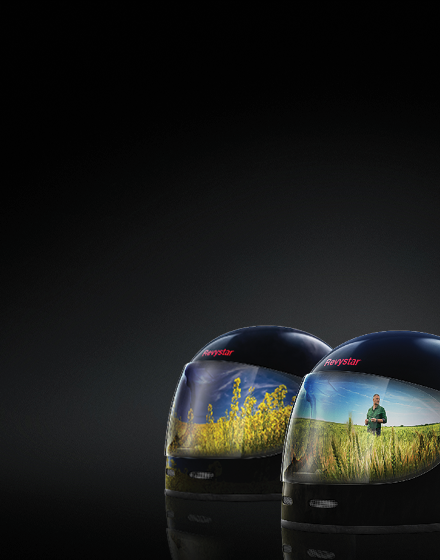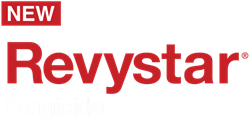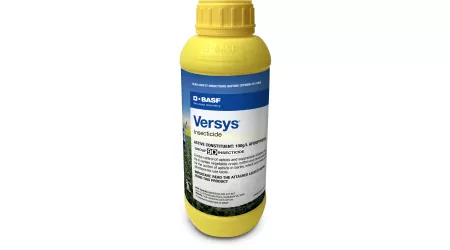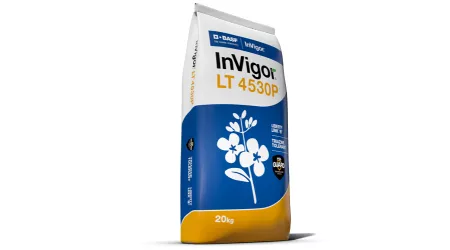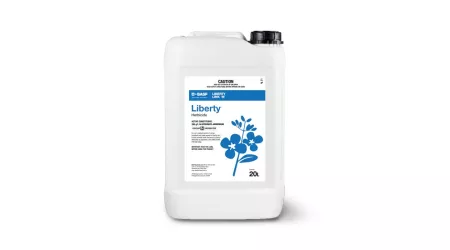Key benefits
- Next-generation Group 3 and best-in-class Group 7 chemistry
- Robust, reliable protection against key diseases in canola and cereals
- Rapid uptake and strong, long-lasting residual activity
- More flexible resistance management
- Less reliance on favourable weather for application and performance
How it works: Not just another DMI - a better one
Revystar's Group 3 active ingredient - branded as Revysol® has a unique 'isopropanol azole' molecule. Its flexible 'neck' allows it to achieve exceptionally powerful binding - even with mutated strains that would be less sensitive to other Group 3 fungicides like prothioconazole and tebuconazole.
See how it works here:
Mode of Action:
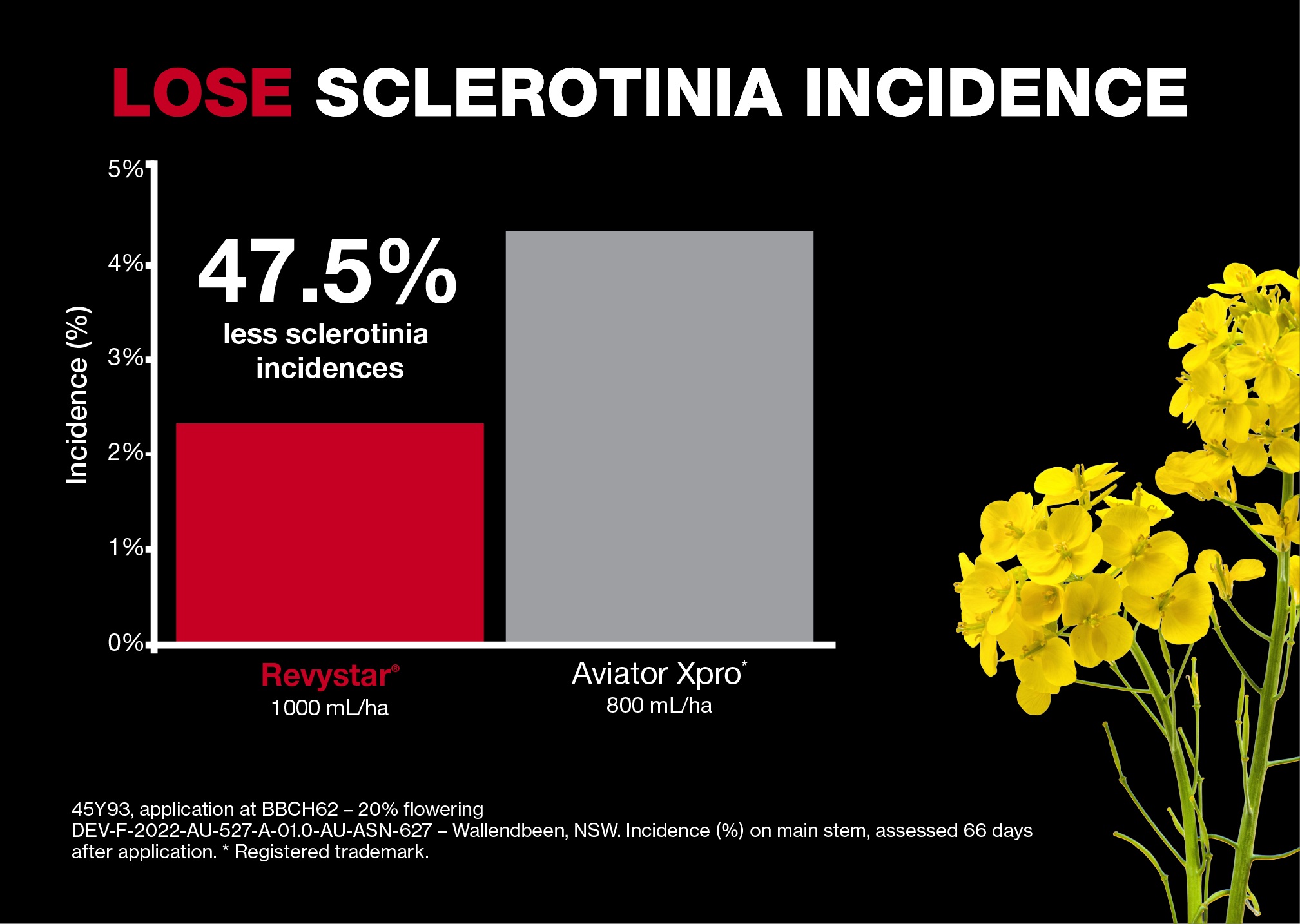

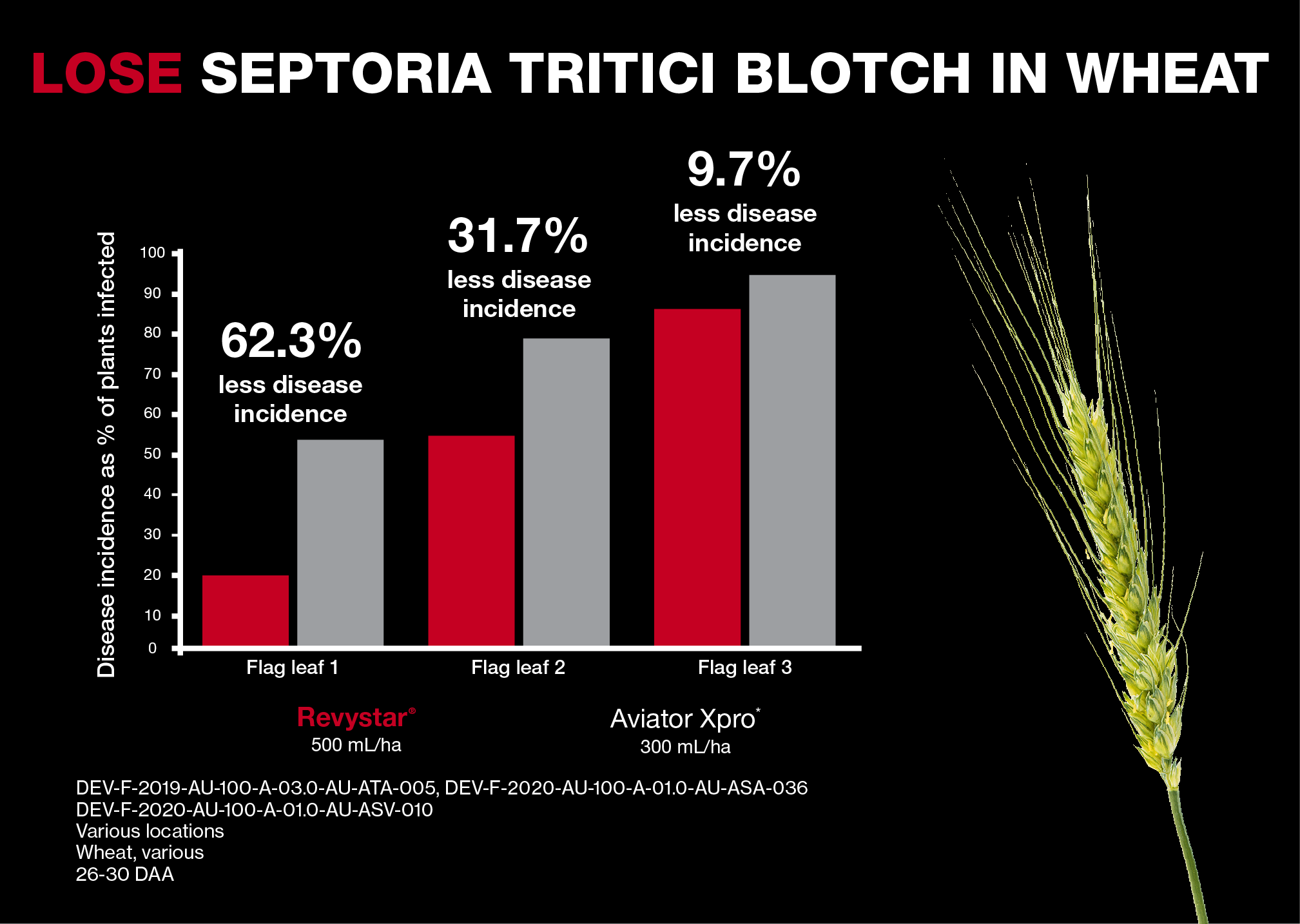
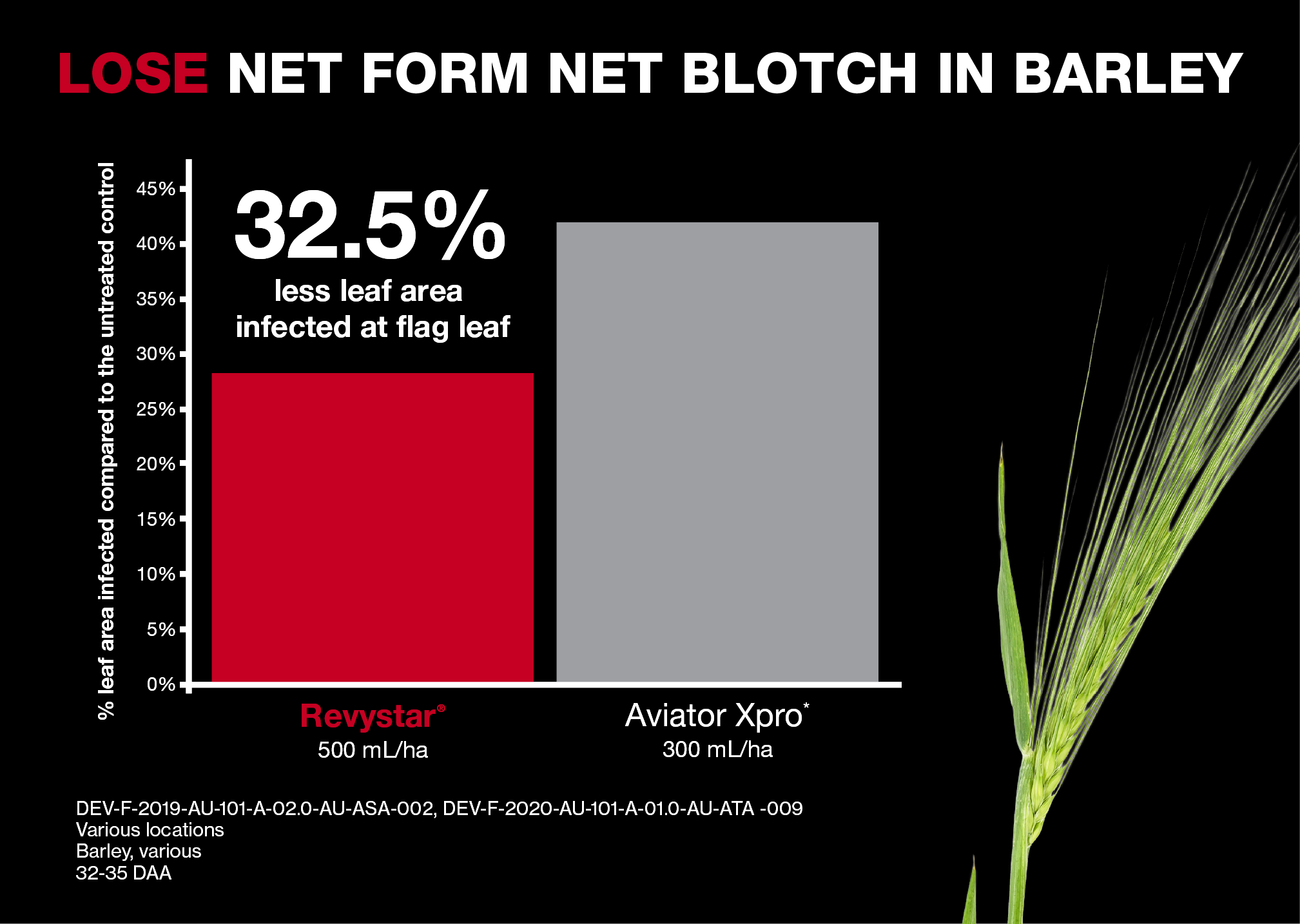
Questions and Answers from the Field
-
Which crops can Revystar be used in?
Canola, wheat, barley and oats. Check the label for full list of crop registrations.
-
What are Revystar’s active ingredients and their modes of action?
Revysol® (mefentrifluconazole) is a next-generation Group 3 (DMI) fungicide. Xemium® (fluxapyroxad) has a Group 7 (SDHI) mode of action.
-
What advantages does Revysol have over older Group 3 actives?
Revysol is the first and only ‘isopropanol-azole’. Its uniquely adaptable molecule binds more strongly to the target site than the well-established triazole actives like propiconazole. In some cases, Revysol is able to control diseases where shifts in pathogen sensitivity have led to a decline in older DMIs’ performance.
-
What advantages does Xemium have over other Group 7 actives?
Xemium has outstanding mobility and distribution within the plant. Its exceptionally rapid uptake helps makes Revystar less dependent on favourable weather conditions during and just after application to be effective. Ongoing systemic distribution promotes extended residual protection.
-
Where does Revystar fit in the program?
Revystar has a particularly good fit as a new first-choice fungicide to prevent sclerotinia and upper canopy infection blackleg in canola.
Revystar is a cost-effective upgrade from co-formulations of older Group 3 and 7 actives.Image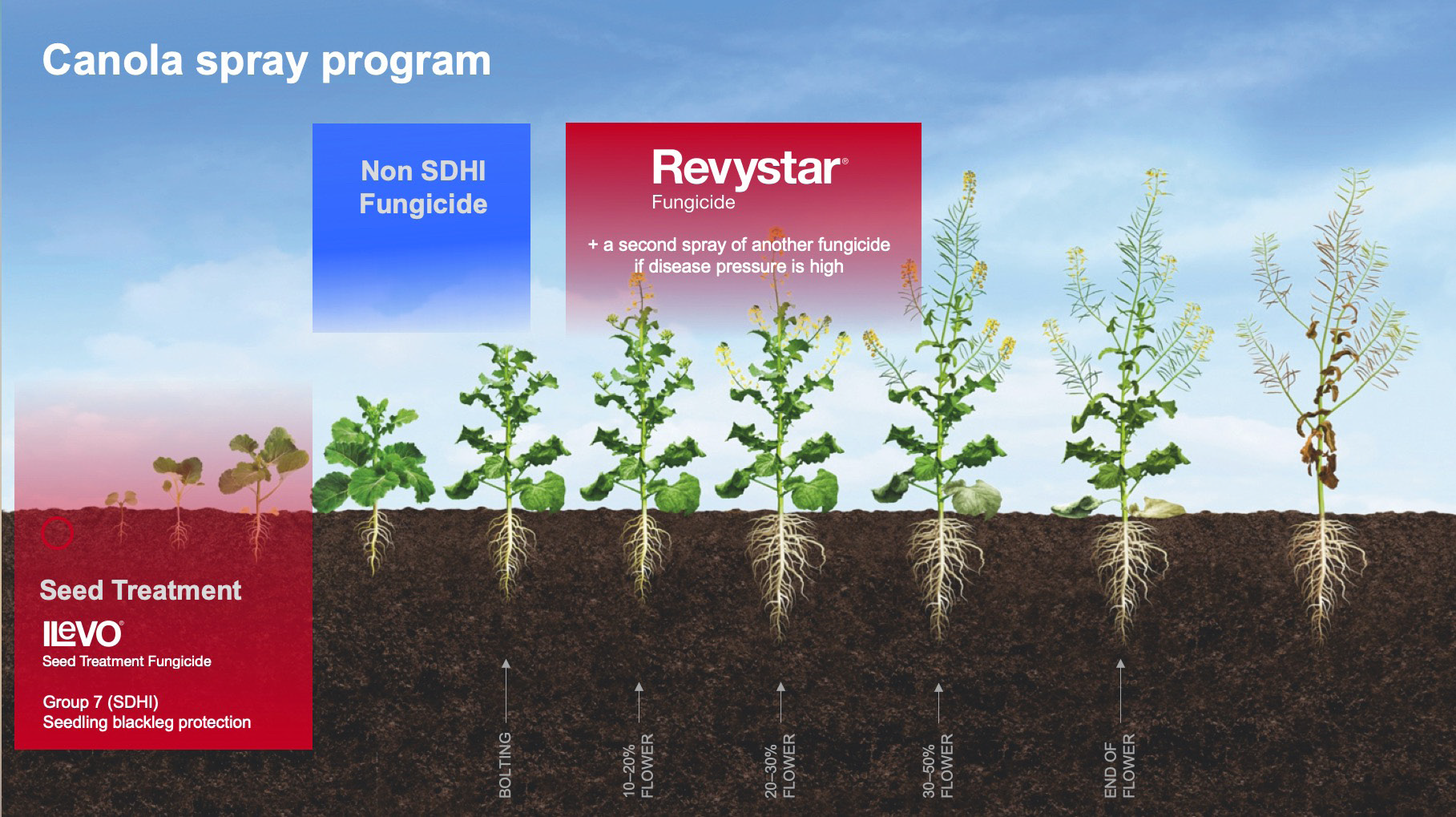
It is also considerably less expensive than switching to a Group 7 and 12 co-formulation, while providing similar efficacy and a longer application window.
Applying Revystar from 20% flowering provides excellent protection against both diseases and Revystar can be applied up to 50% flowering (full bloom).
Revystar can be applied up to ear emergence (Z59) in wheat, barley and oats. -
How many times can Revystar be applied?
Twice – but only once if an SDHI seed treatment has been used. CropLife guidelines allow no more than two SDHI applications to each canola, barley or wheat crop.
-
What are the application rates?
750 mL–1 L/ha for sclerotinia. 750 mL/ha for blackleg in canola and all the registered diseases in cereals.
-
Can Revystar be applied by air?
Yes, in at least 30 L/ha of water. As long as good coverage throughout the whole canopy is achieved, ground and air applications are equally effective.
-
Which other products can Revystar be tank-mixed with?
BASF’s compatibility studies have found that Revystar, an EC formulation, is highly compatible with a range of crop protection chemicals and nutrient products. Please contact BASF for a full list.
-
What are Revystar’s withholding periods?
Not applicable when label directions are followed.
